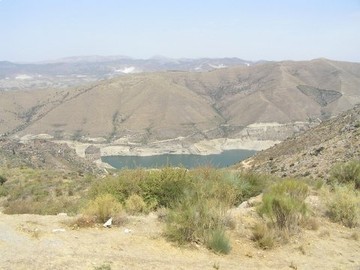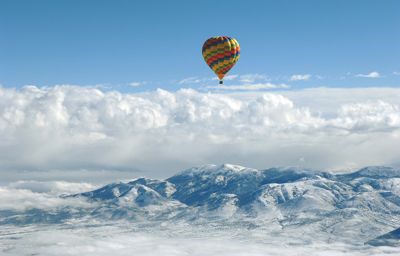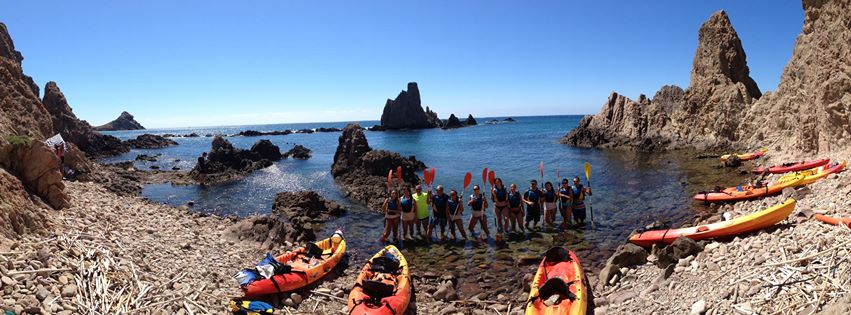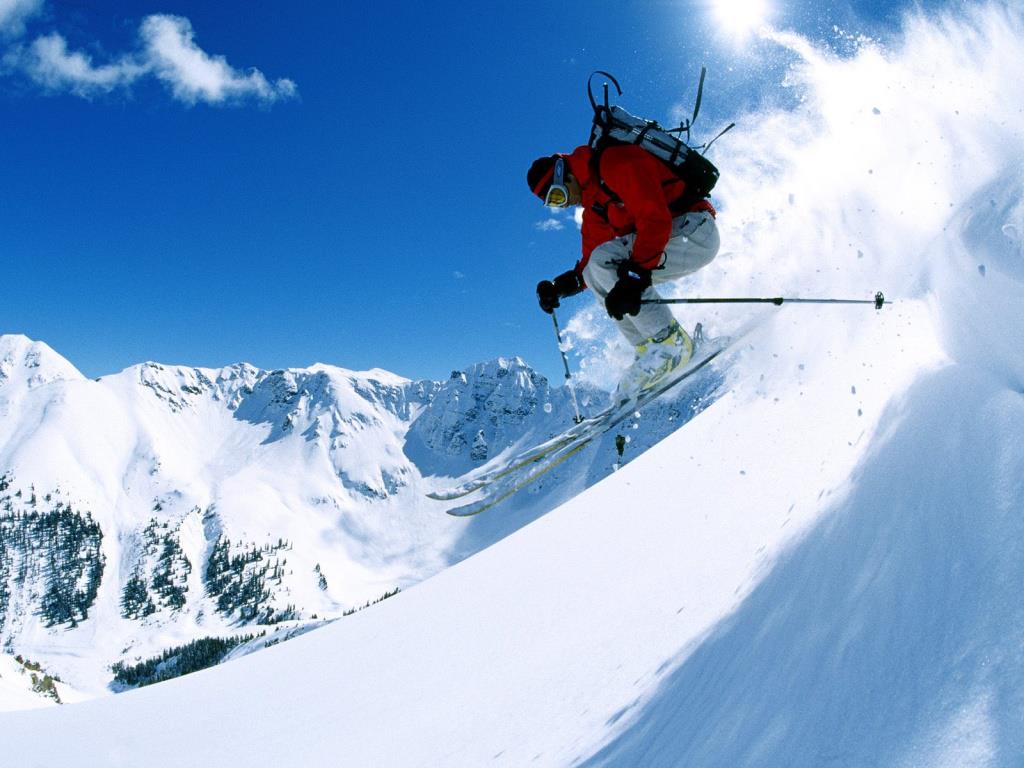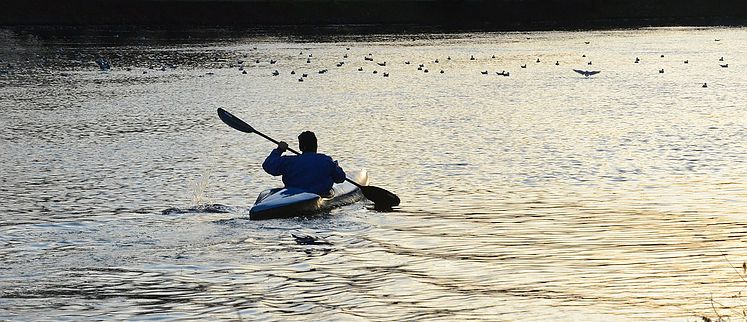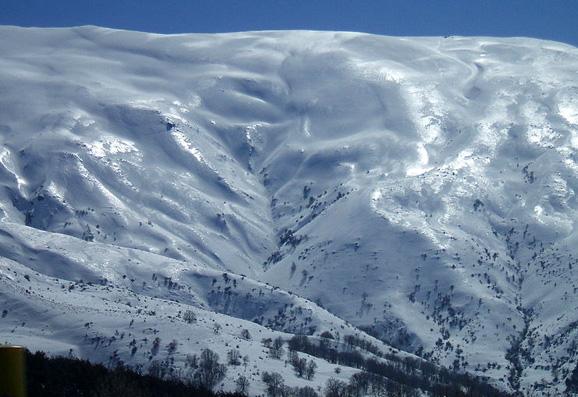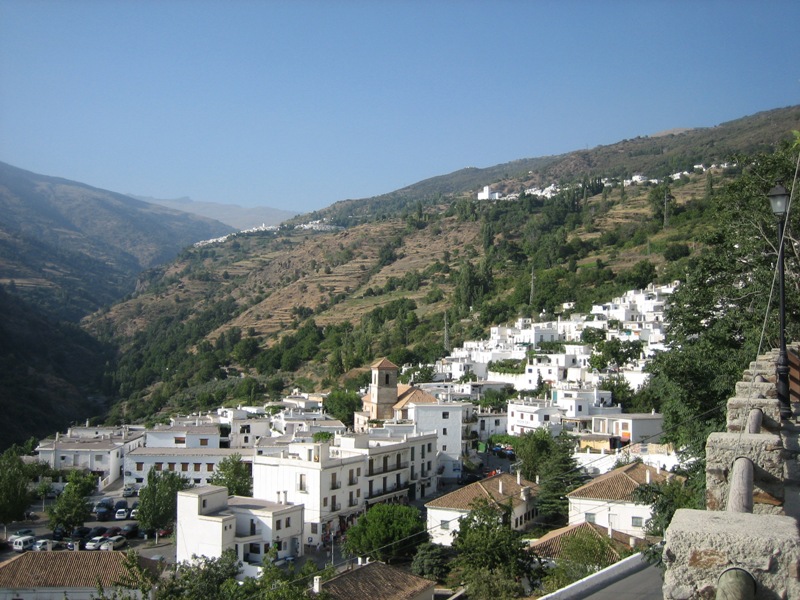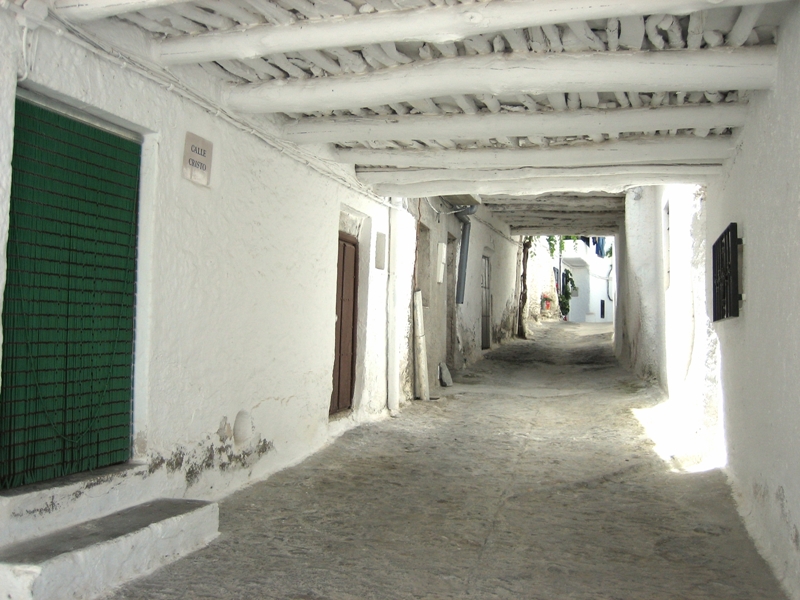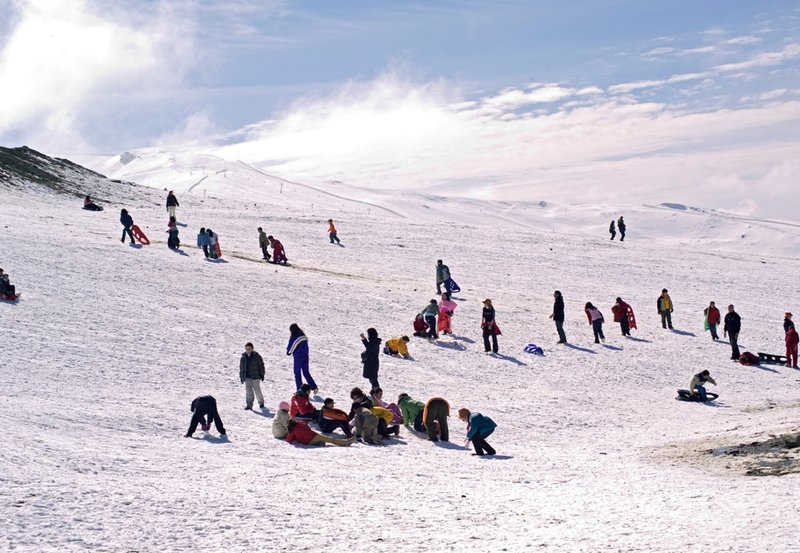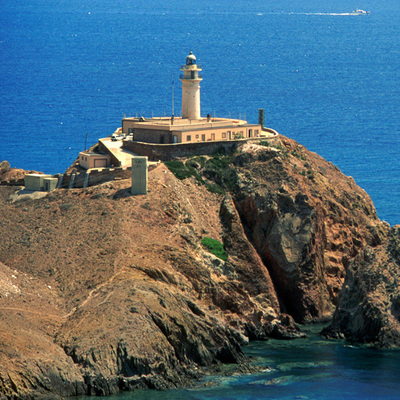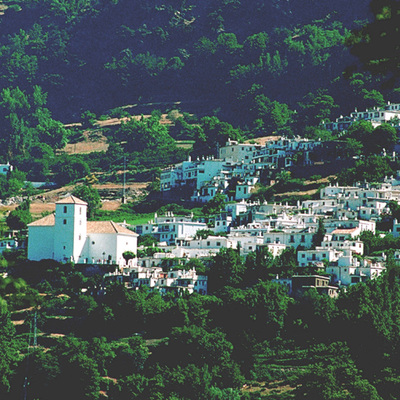Sierra Nevada

Sierra Nevada, or Sulayr, Mountain of the Sun as it was called by the Muslims, rises up between the provinces of Granada and Almeria like a giant and compact massif with fifteen peaks of over 3,000 metres, including the Mulhacén (3,482 metres), the highest point on the Iberian Peninsula.
When seen from the north, from the Granadabasin, it creates a spectacular horizon of hilly peaks marked by glacial erosion dating back to the Quaternary period, the southernmost in Europe. They hide a unique, spectacular landscape of deep valleys, cirques, lakes, lateral moraines and ridges, such as Laguna de la Caldera. The mountains have snow almost all year round, which melts in late spring to feed not only the many famous baths and spas, such as Lanjarón, but also an extensive, colossal and historic network of irrigation channels that run through La Alpujarra… region; or the veritable spider's web of rivers and streams that form the backbone of eastern Andalusia, such as the Genil, Andarax, Guadalfeo and Guadiana Menor.















